From the ground up!
Did you know that our toes should be as flexible as your fingers? Could you type an email, send a text or play a musical instrument with your toes? No? Then read on…
Key Facts
Did you know that 25% of our bones and muscles are located below the ankle? There are approximately 26 bones, 30 joints and 100 muscles and tendons in each of our feet!
The human body is a complex inter-connected system and our feet act as both shock absorbers for every step that we take as well as being a propulsion mechanism for our movement. Foot strength and ankle mobility are key to our daily movement, meaning inflexibility and weakness in the feet can cause misalignment throughout the lower kinetic chain of the body – which includes joints, muscles and soft tissues in the toes, feet, ankles, lower legs, knees, upper legs, hips, pelvis, and spine. Strong feet help us achieve good balance, posture and support good movement patterns which in turn can prevent injury in the rest of the body during our everyday activities as well as during sport and exercise.
Common injuries such as plantar fasciitis, Achilles tendinosis, heel pain and arch pain can originate from stiffness and inflexibility in the feet and ankles, as can problems further up the lower kinetic chain in the knees, hips and lower back.
What can I do about it?
So you come to the gym to work out the biceps, triceps, quads, glutes etc but when do you do your foot workout? Like anything else that we want to see results with, consistency is key, but this doesn’t have to feel like a burden so little and often is fine.
So, if you want to age-proof your balance abilities, deepen your squat or just maintain mobility and flexibility of movement in your body, here are a few simple exercises that you can try to weave into your week:
The following exercises are best done barefoot:
- Walk barefoot whenever possible – cushioned shoes and trainers absorb impact and the muscles in our feet become lazy. Walking on a variety of textures will help too – try carpet, gravel, grass or sand and notice how your feet adapt on each surface.
- Toe Yoga – when you begin these exercises, you may find that you need to watch your toes whilst getting used to the movements – over time, try to look straight ahead rather than down at your feet to promote positive upper body posture.
- Toe curl and squash: stand tall and draw your core muscles in towards your spine to prepare. Curl all of your toes up towards the ceiling and hold for 3-5 seconds before pushing them all into the floor for 3-5 seconds. Repeat 5 times.
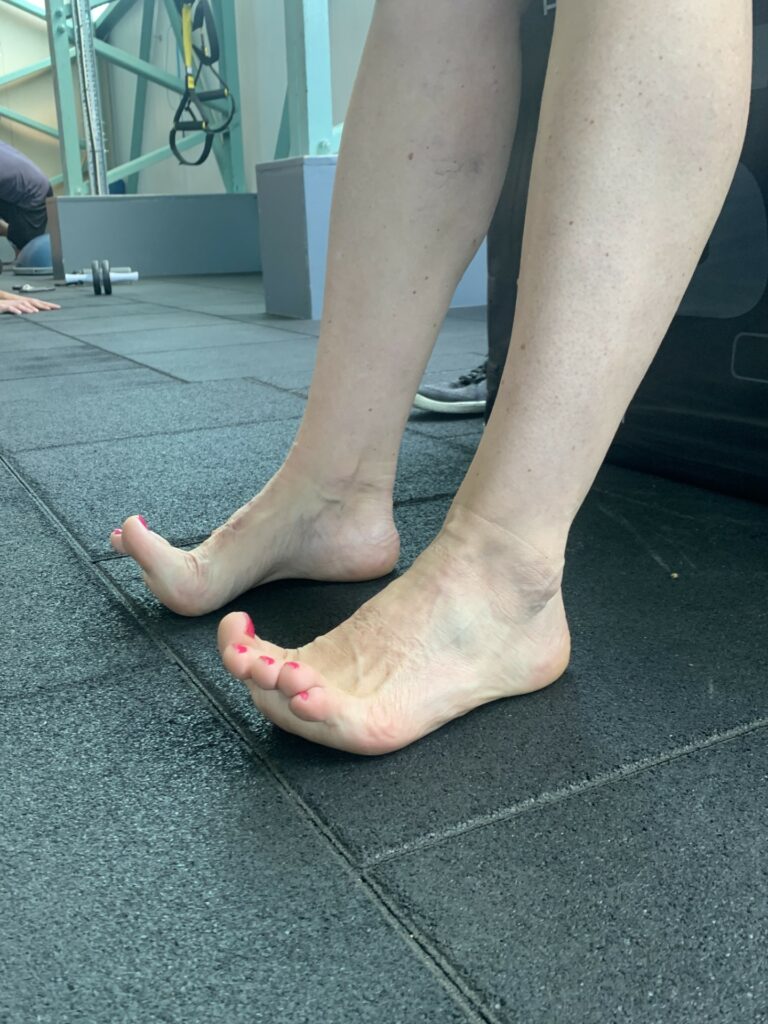
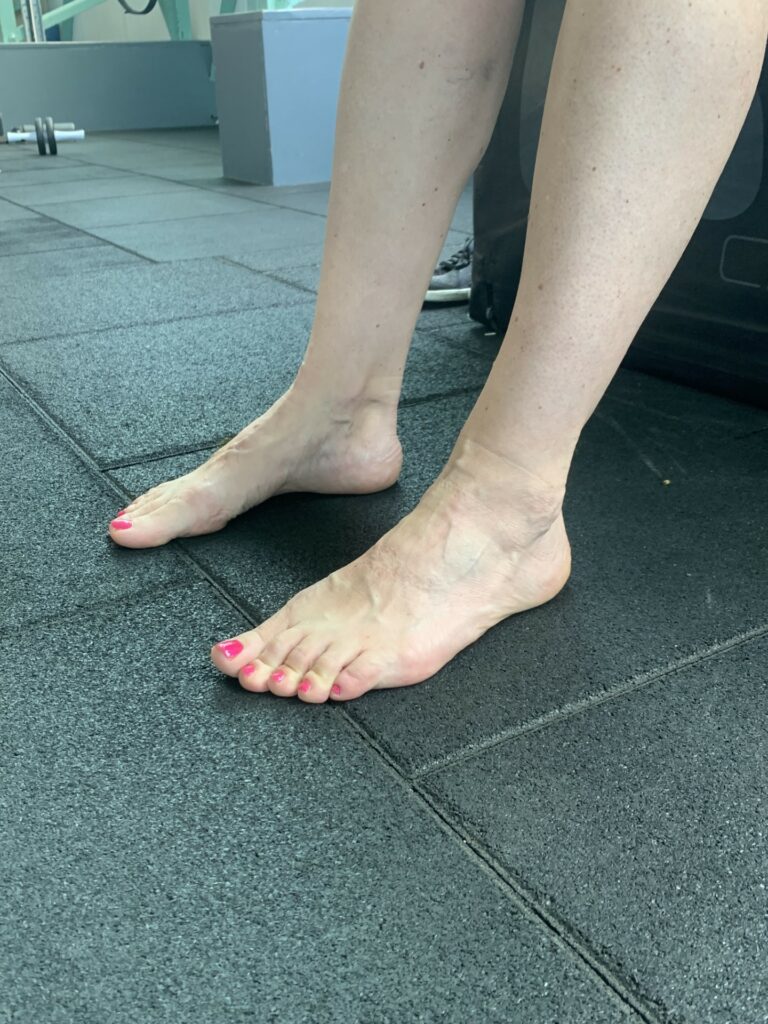
- Toe separation: stand tall and draw your core muscles in towards your spine to prepare. Curl all the toes of one foot up towards the ceiling before trying to plant them back down on the floor one at a time – you may find that initially, you can only separate your big toe and that all of your smaller toes move together – persevere with this and alternate starting with your smallest or largest toe. Repeat 5 times on each foot.
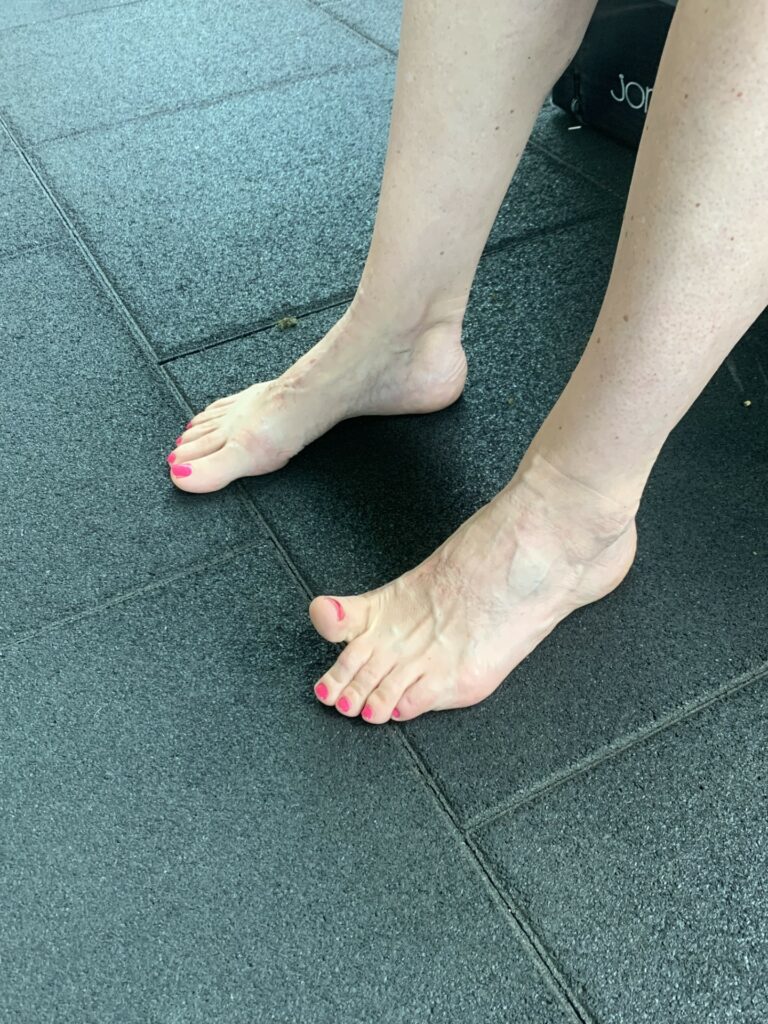
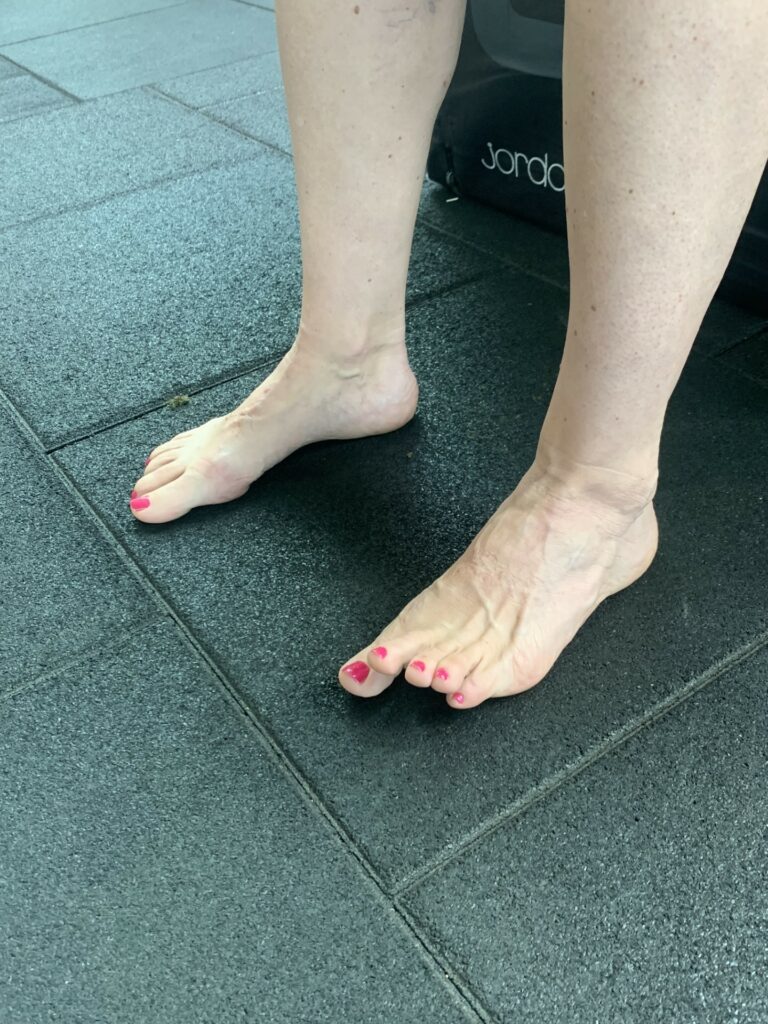
- Pencil pick-up/towel grab: either stand on the end of a small towel or place a pencil underneath the toes of one foot. Stand tall and draw your core muscles in towards your spine to prepare. Using your toes, try to grab and move the pencil or towel, holding for 3—5 seconds. Repeat 5 times, then repeat on the other foot.
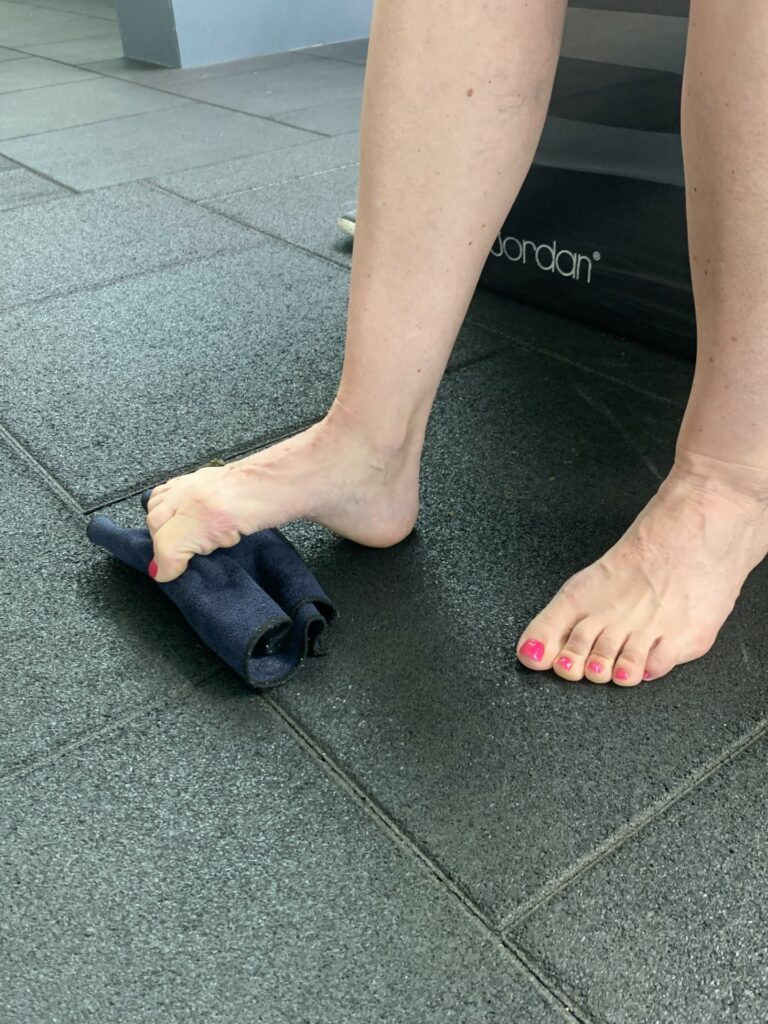
These exercises can be completed barefoot or whilst wearing trainers:
- Heel sit with toe bend – duck walk: draw your core into your spine to prepare. Start on all fours, then tuck your toes under and draw your weight back so that your bottom is drawing down towards your heels and your bodyweight is pushing through your curled toes. Progression: In a kneeling position with your toes curled under and your bottom down towards your heels – try “walking” a few steps forwards before turning around and coming back to your start position – this is really good for mobilizing the joints in the feet, ankles, hips and knees whilst also strengthening your core.
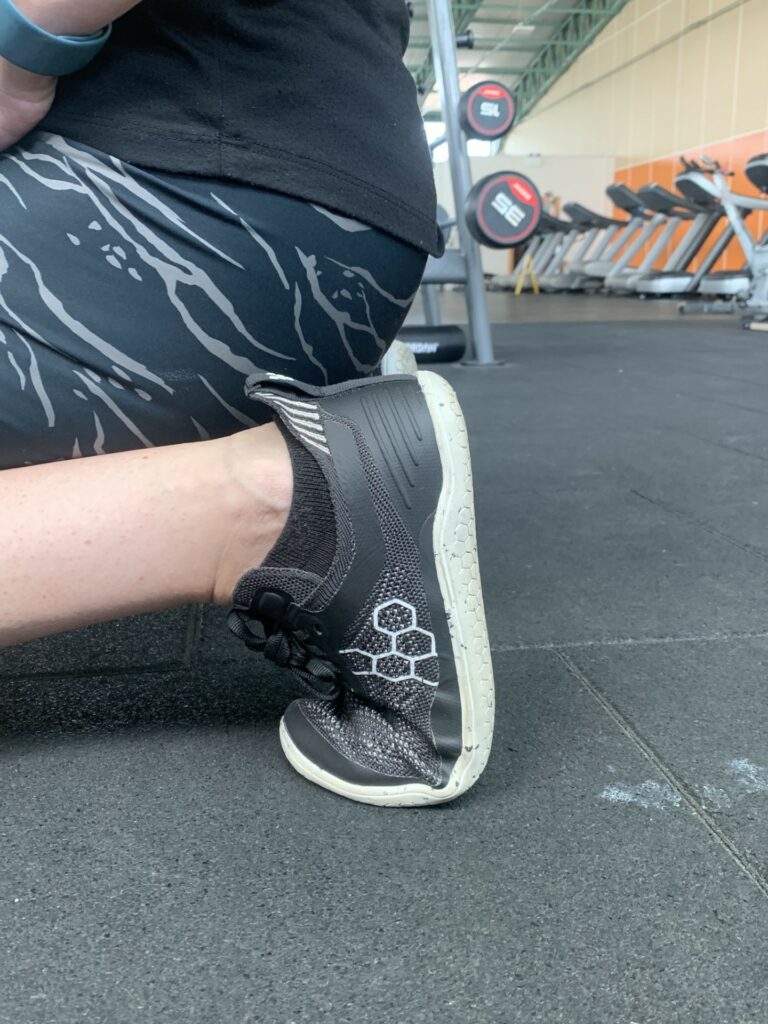
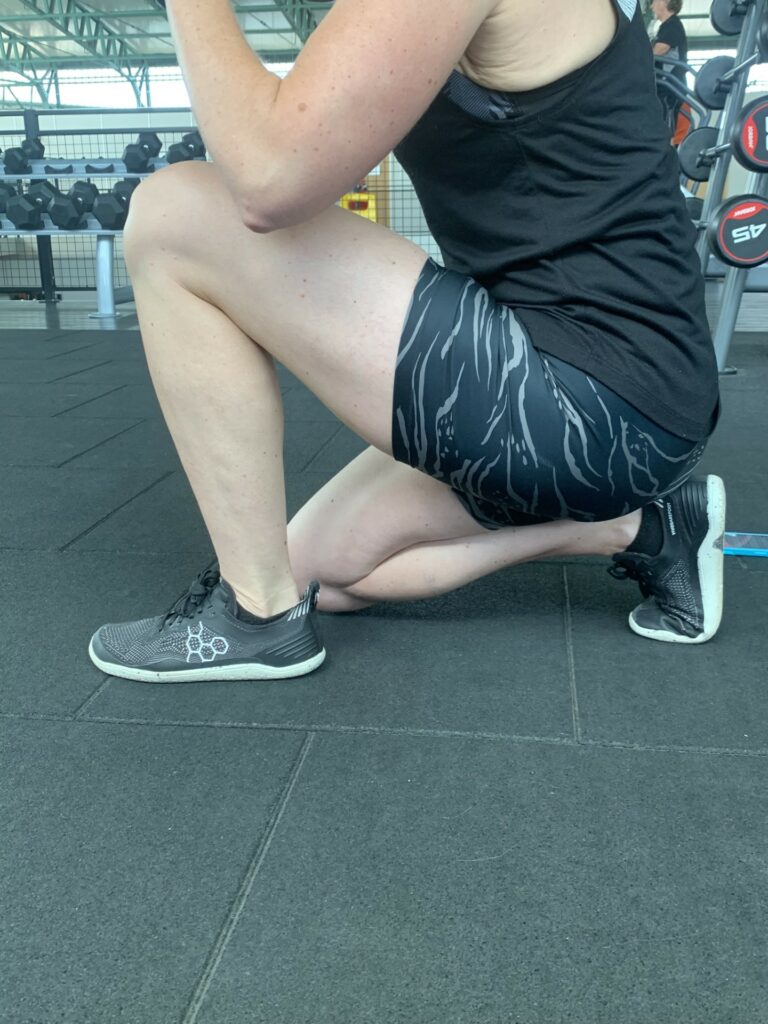
- Bosu step-overs, single leg balances: by creating instability with the bosu (start with the flat side down and progress to using the Bosu the other way up) the small muscles in the feet and ankles will strengthen whilst trying to stabilize your body. If you are not confident with your balance, place the Bosu near to a wall. Prepare by drawing your core muscles in towards your spine. Step up onto the Bosu with your R foot, then follow with the L foot, hold both feet on the top for 3-5 seconds, then step down with your R foot then your L. Try to look straight ahead rather than down.
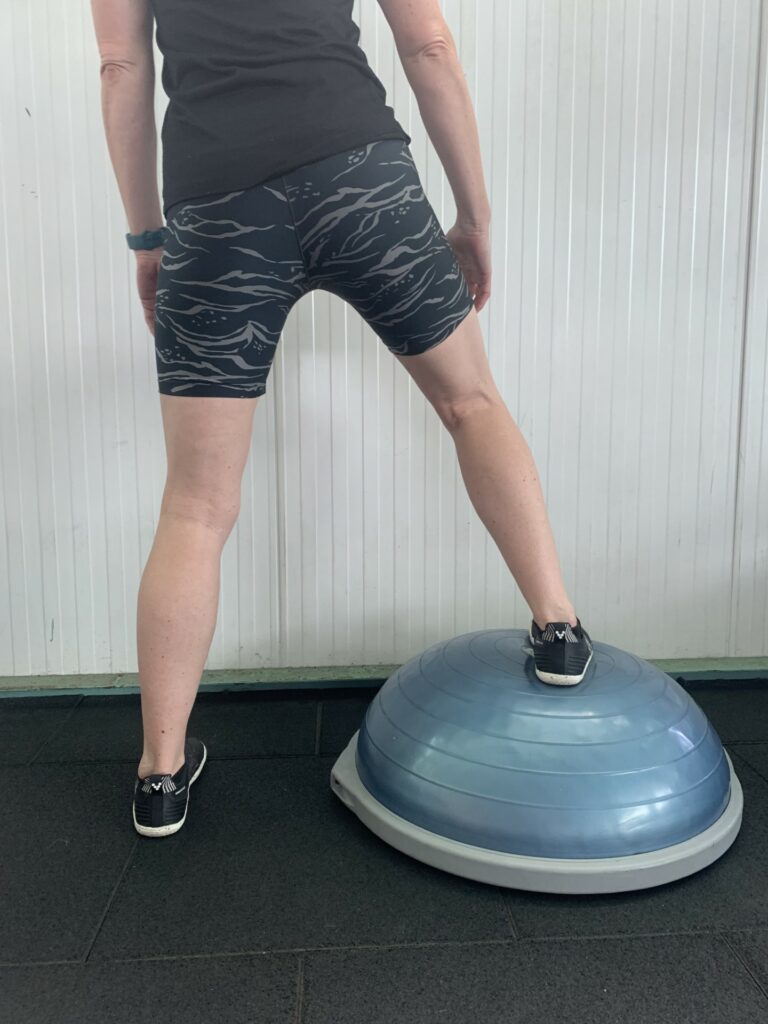
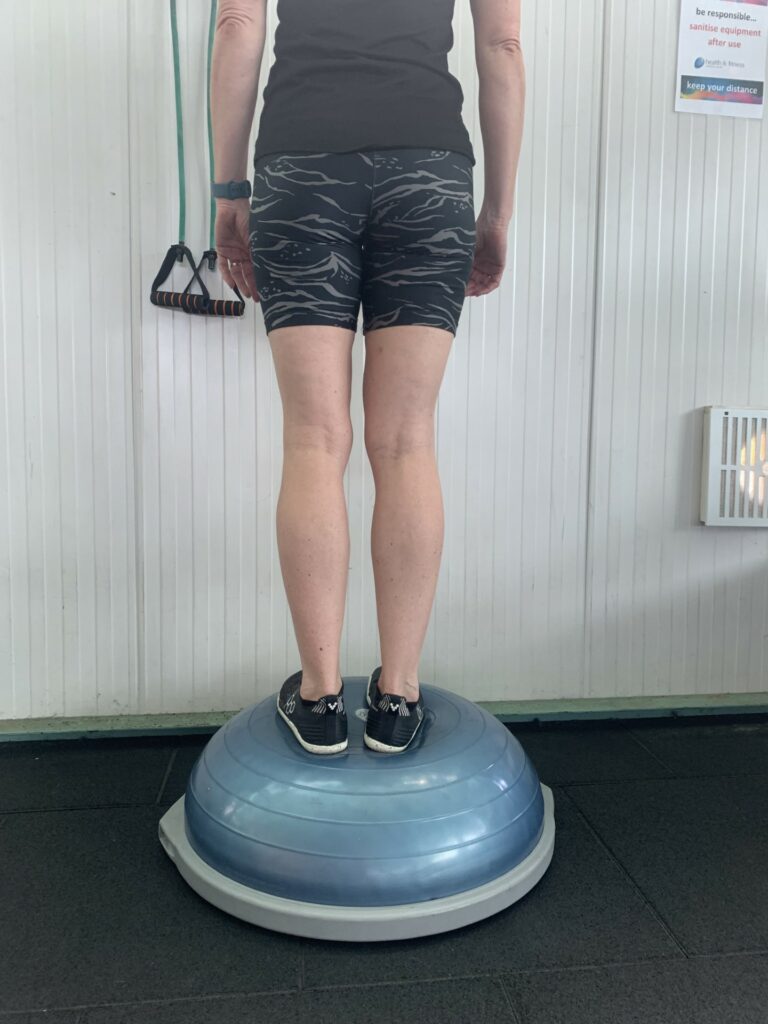
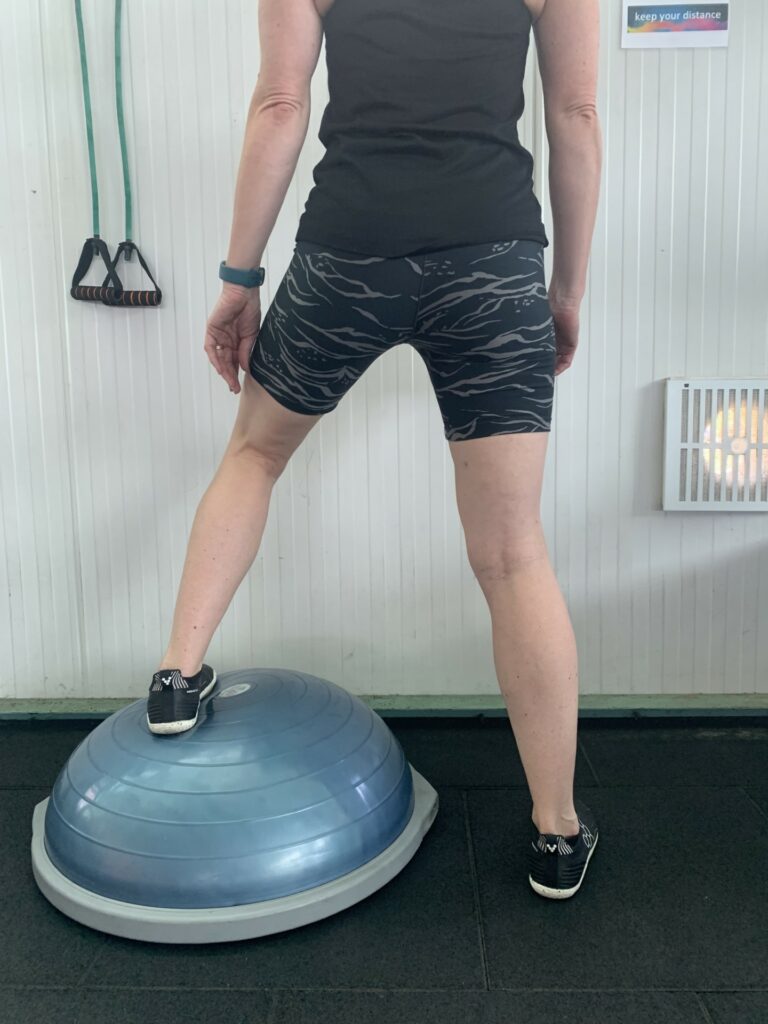
- Progress to single leg balances on the Bosu, again drawing the core in first to prepare and aiming to look straight ahead rather than down. Hold each for 3-5 seconds.
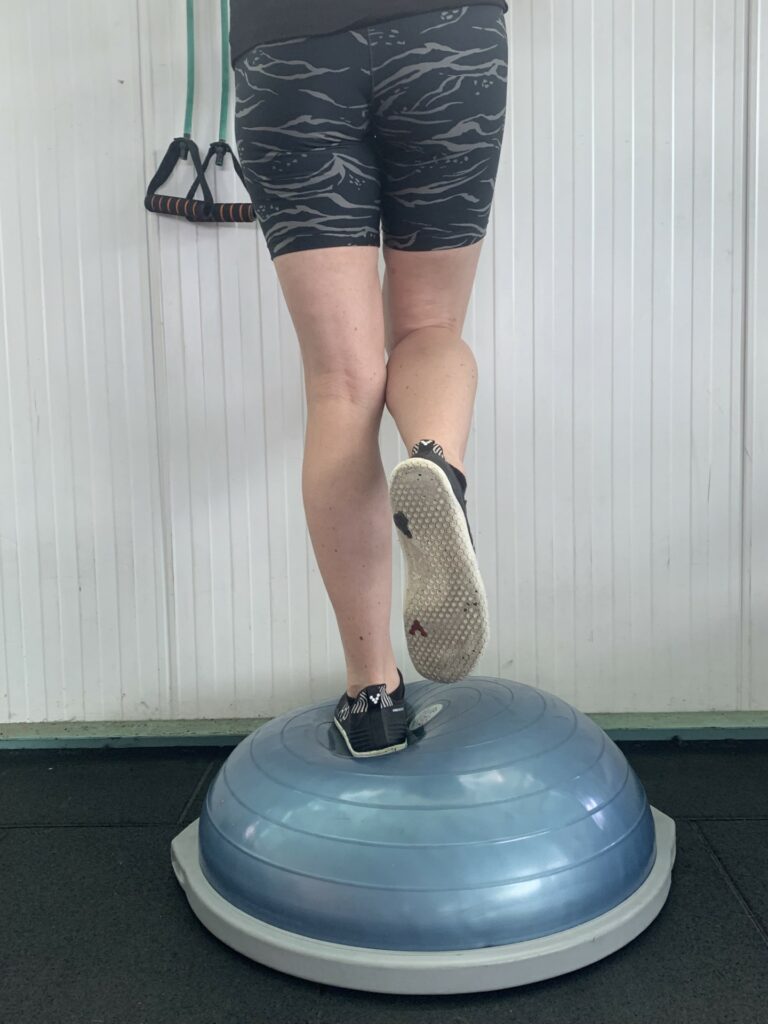
- Ankle circles – sitting on a box, circle your ankles in both a clockwise and anti-clockwise direction – repeat 3 times in each direction on both feet.
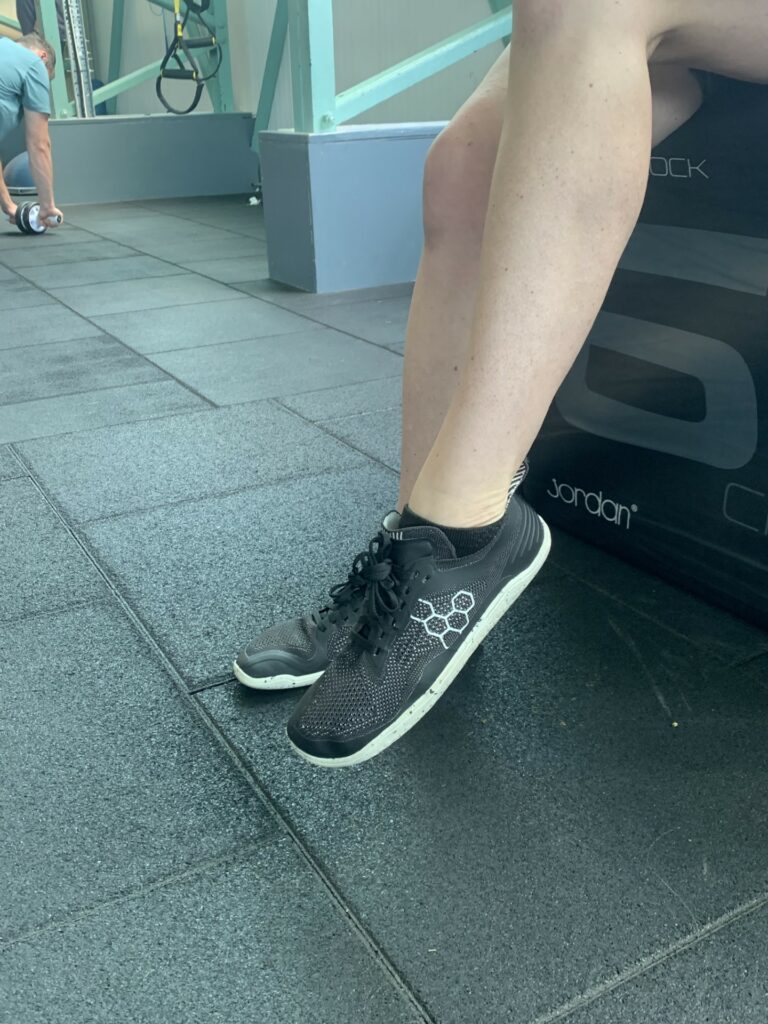
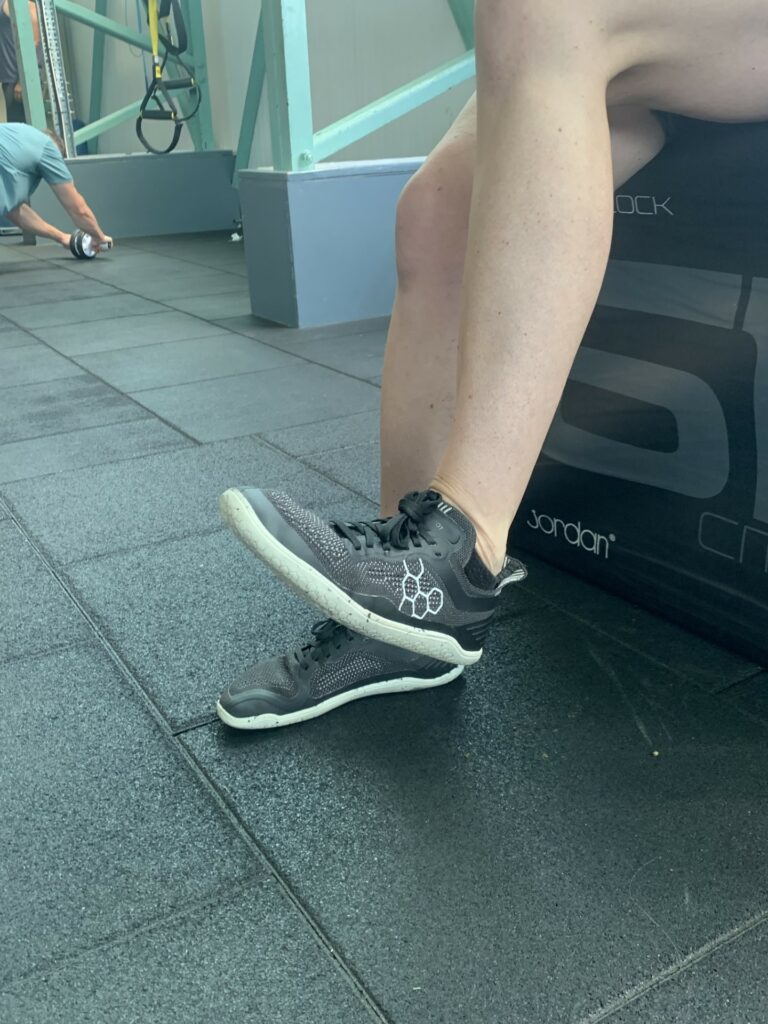
- Wipers – sitting on a box, point your toes down and in to invert the ankle joint and then point your toes out and up to evert the ankle joint – repeat 3 times in each direction on both feet.
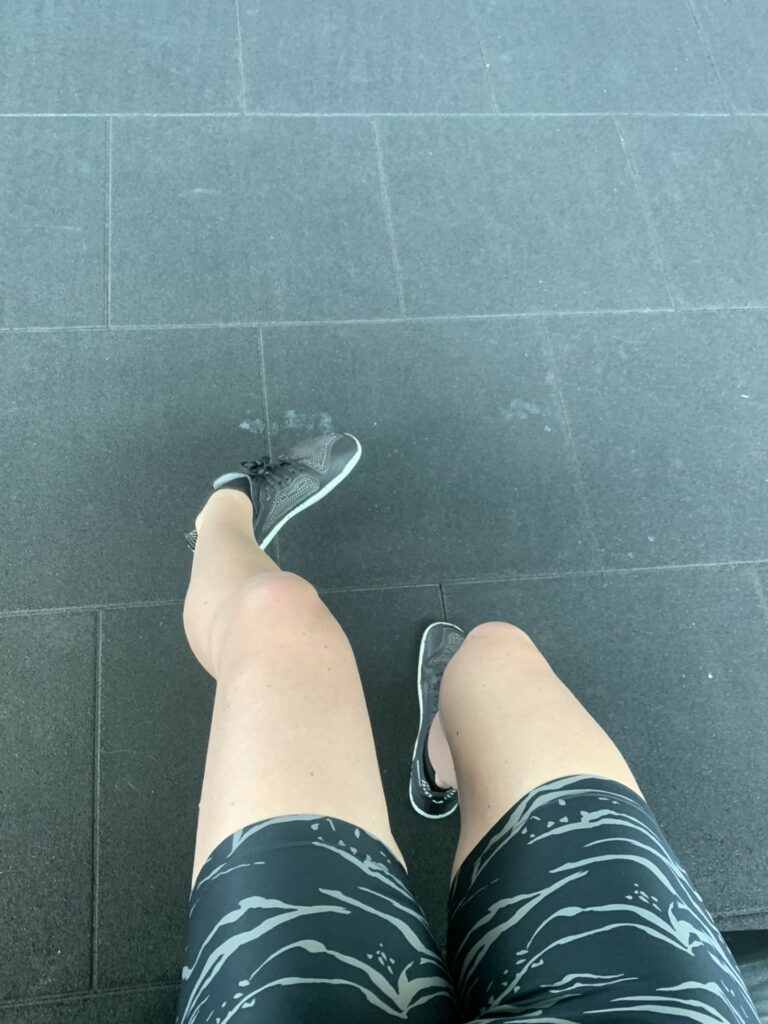
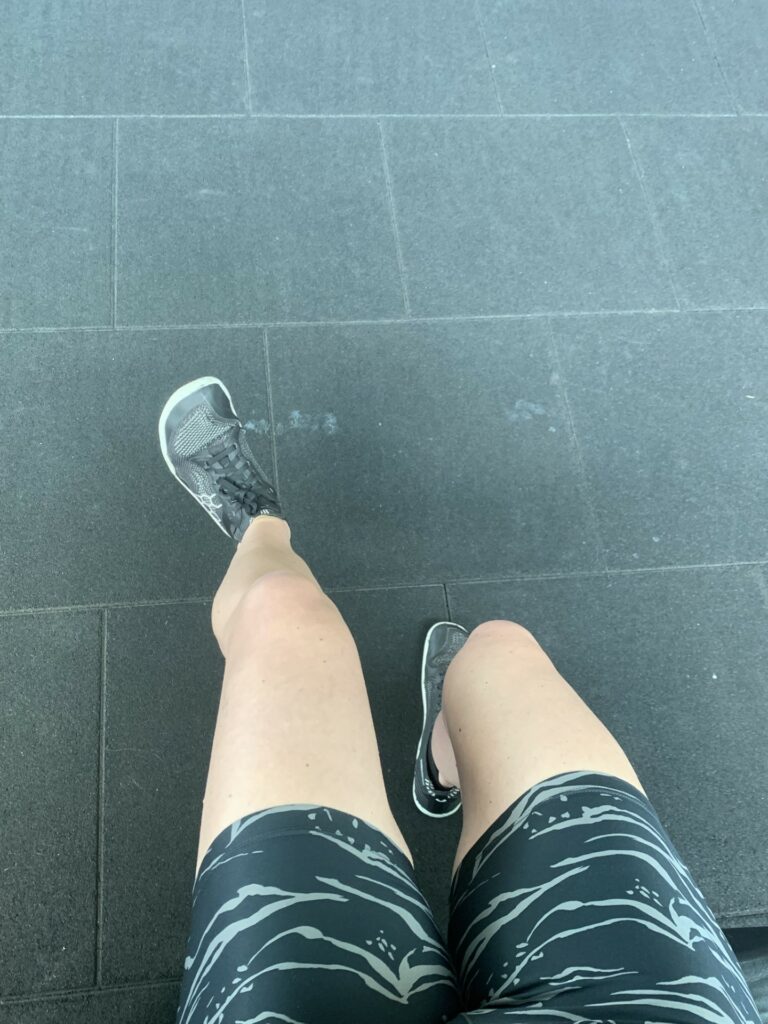
Please take care around weights if removing your footwear in the gym to do these exercises.
For more advice on foot strength and how this can help enhance your training just ask one of the team!

